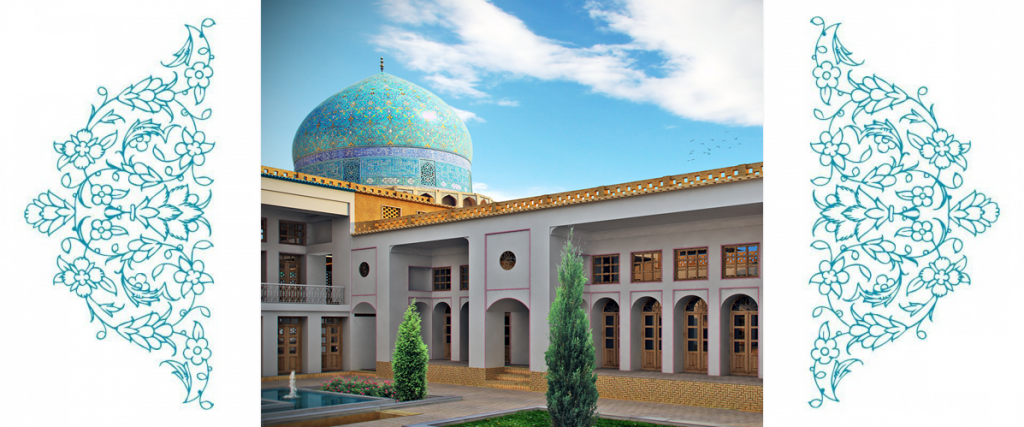Iranian Heritage Union Company
Iranian heritage is our capital.

Projects

South of Naghsh Jahan Square

Keryas Hotel Boutique

Simorgh House (second phase)

Simorgh House (Phase 3)
“Iranian Heritage Union” company was registered in the “Registration of Companies and Industrial Property” number 46105 on December 4, 1990 with the aim of working in the field of tourism and exploiting restored historical buildings. Simultaneously with the “registration” process, the company signed a tripartite memorandum with the “Isfahan Municipality Renovation” and “Cultural Heritage, Handicrafts and Tourism of Isfahan Province” organizations; During which, in accordance with the approval of the Article 5 Commission of Isfahan, in order to enrich and revitalize the south of “Naghsh Jahan Square”, and considering the tourism capabilities hidden in this area, it purchased and acquired a historical building called “Majdal Ulama House”. . According to the memorandum, this “historic house” is the center of a plan to revitalize the southern part of Naghsh Jahan Square, the surrounding plaques of which will be acquired and accumulated during the development plan.
Restoration is a way to have a great personality. The purpose of restoration is to discover and preserve the historical and formal values of the ancient building, and this action is based on respect for the old quality of the building and its original documents. The repair operation should be stopped when the hypotheses and possibilities of wear in the presence of its components begin. It is essential that any remedial and complementary operations deemed necessary for scientific or aesthetic reasons be clearly identified and that the repaired site be marked with a time of action. Historical studies and archaeological research should always be done on the building before the restoration operation begins.





